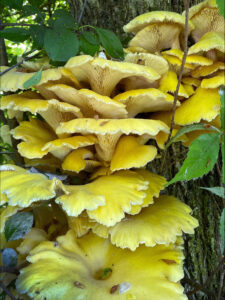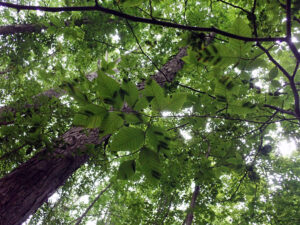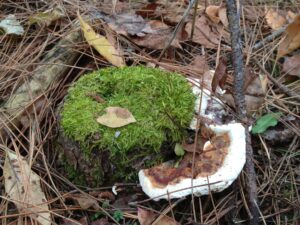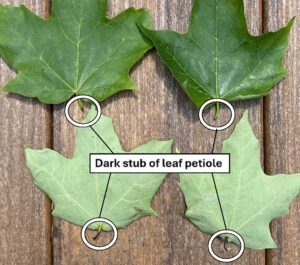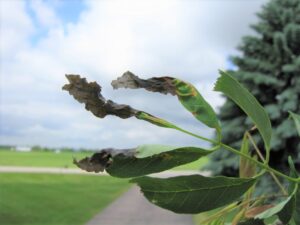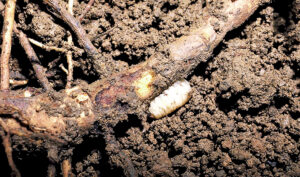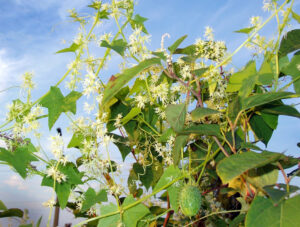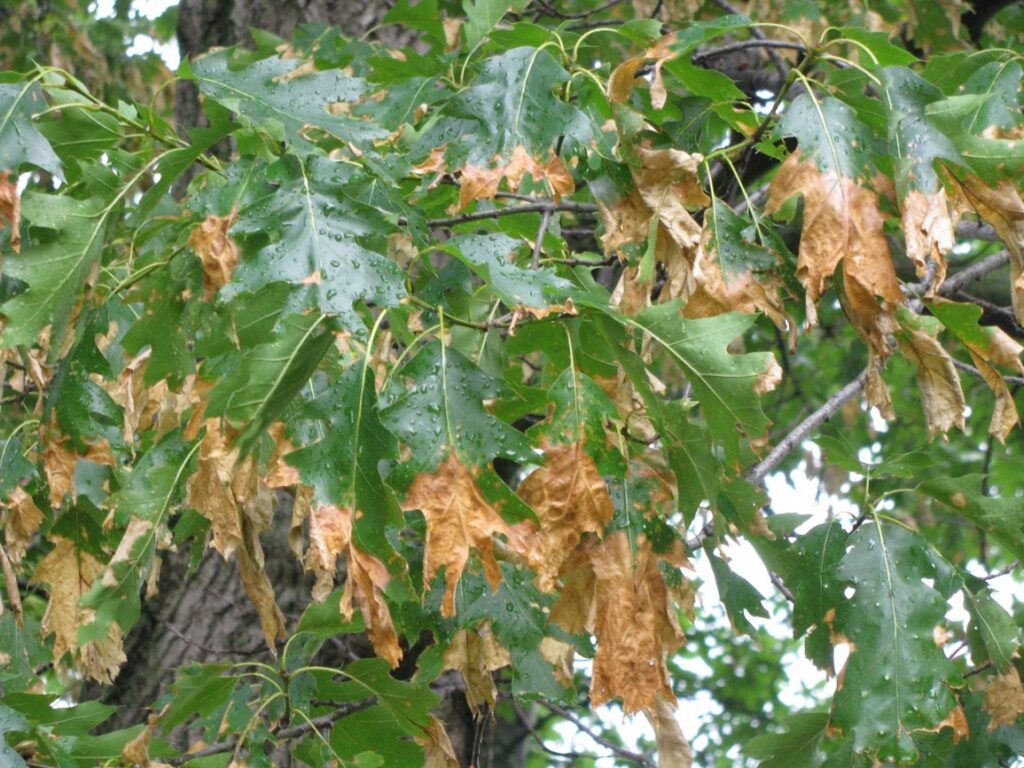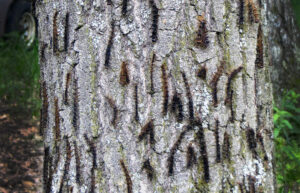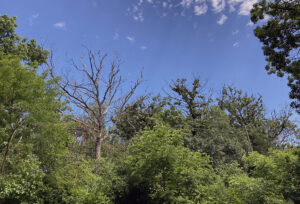
A photo taken June 20, 2025, shows dead and dying oaks near Whitewater Lake in Walworth County, following a period of defoliation and summer drought. / Photo Credit: Wisconsin DNR
By Bill McNee, DNR Forest Health Specialist
Bill.McNee@wisconsin.gov or 920-360-0942
Property owners are encouraged to monitor their trees for signs of decline and mortality, as the last few years have been marked by drought and spongy moth defoliation.
Landowners who have oak, birch, crabapple, aspen, willow, tamarack and basswood (linden) trees should be particularly watchful, because the caterpillars of this invasive insect prefer these species. Many other tree species are not preferred by the caterpillars and are less likely to be heavily defoliated, but are more likely to die if heavy defoliation should happen.
This article focuses on oak impacts.
The 2021-24 spongy moth outbreak has now collapsed statewide; no defoliation has been observed as of late July 2025. Only a few reports of single caterpillars were received by Wisconsin DNR Forest Health staff. (Note: Parts of Wisconsin may be experiencing a continuing outbreak of different caterpillars known as “oak leafroller” and “larch casebearer.”)
Continue reading “Monitor Your Trees For Spongy Moth-Related Decline And Mortality”

